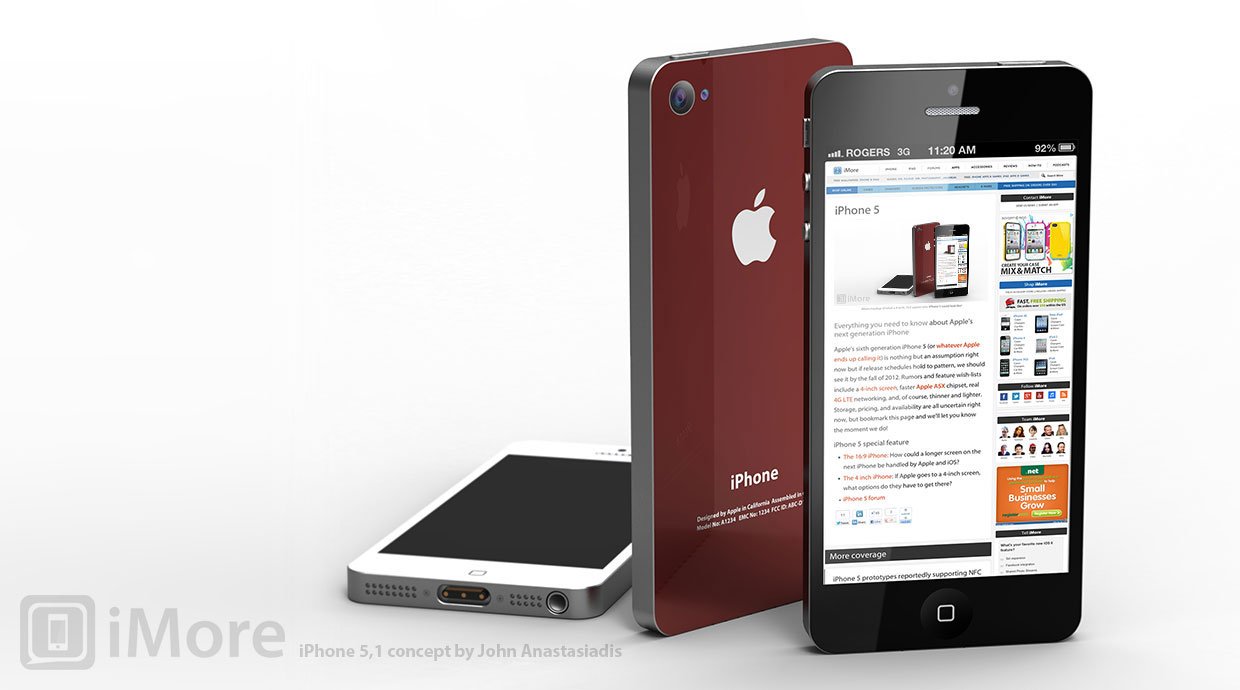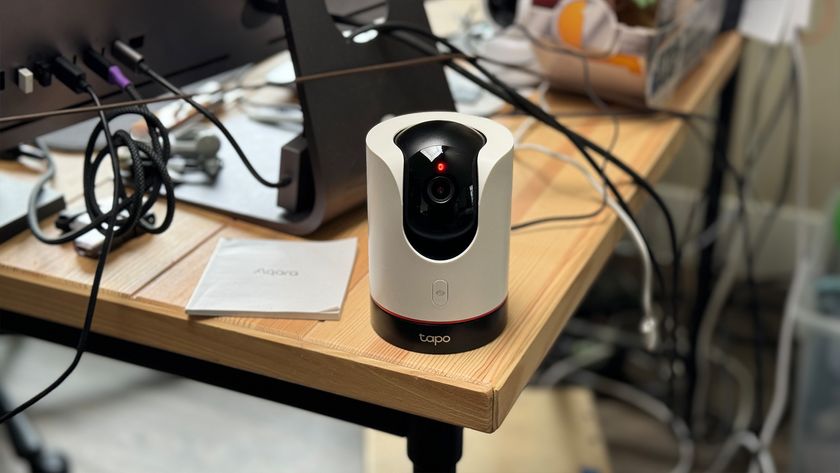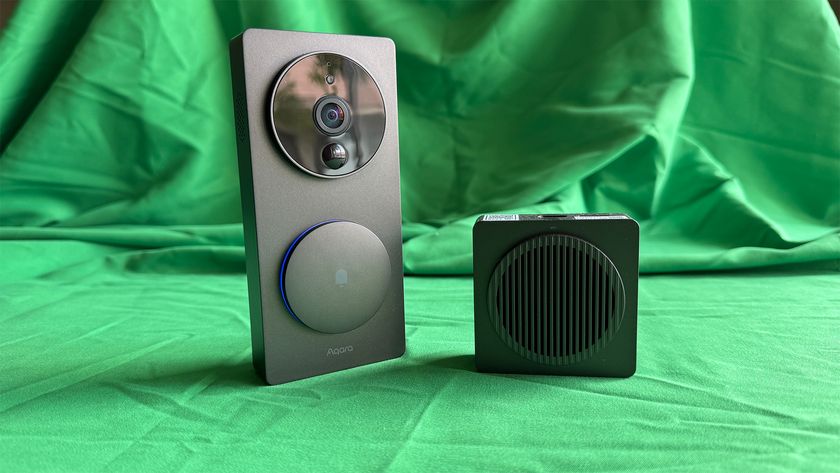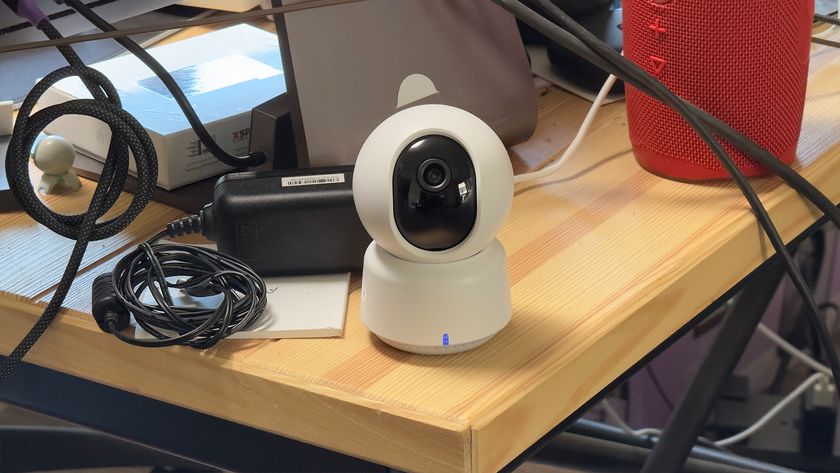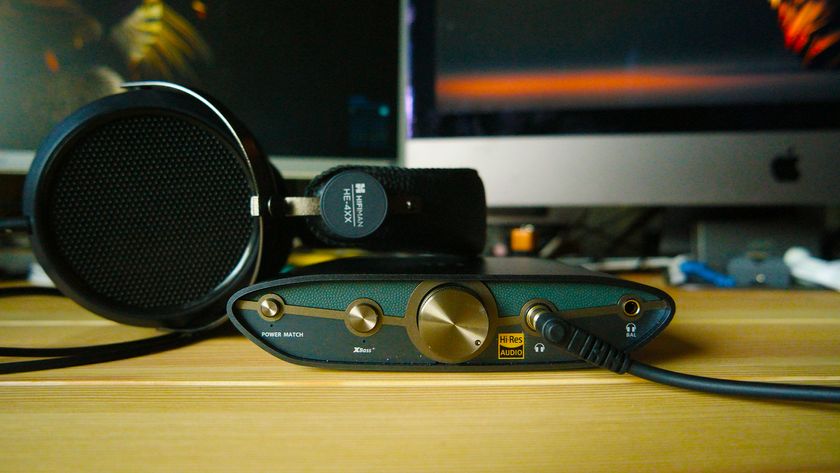Apple is expected to announce their next generation iPhone on September 12, 2012, and while there have been a lot of leaks about what it may look like, there have only been a few about what will power it. That's not surprising. Apple seldom gives specifics about the processors inside the iPhone, or any of their iOS devices. They'll typically announce the name of the processor, maybe the number of cores, but they'll mostly just tell us how many times faster it is than the last generation, both in terms of computing and graphical power. And the amount of RAM is has? Forget about it. We'll likely not know the full details about the iPhone 5 processor until after it's launched and after it's been thoroughly torn down by third parties. That's the Apple way. In the meantime, all we can do is speculate based on past behavior and present technology.
Apple introduced their first in-house system-on-a-chip (SoC) in 2010. Called the Apple A4, Apple used it in the original iPad and carried a version of it over to the iPhone 4. The Apple A4 uses an ARM Cortex-A8 CPU and a PowerVR SGX 535 GPU. It's fabricated at 45nm, along with some performance enhancements supplied by Instrisity, a company Apple later bought. For the iPhone, it also supports 512MB of RAM.
Apple introduced the dual-core Apple A5 SoC in 2011 with the iPad 2, and again carried a version of it over to the iPhone 4S. The Apple A5 has an ARM Cortex-A9 and a PowerVR SGX543MP2 GPU, along with 512MB of RAM. The original Apple A5 was 45nm, but a new version introduced with the Apple TV (2012) and updated iPad 2 (2012) was brought down to 32nm.
Instead of going to an Apple A6 SoC with the new iPad in 2012, Apple added a quad-core PowerVR SGX543MP4 GPU to the to the Apple A5, separated the 1GB of RAM from the package, and called it the Apple A5X.
Apple wouldn't use the Apple A5X in the iPhone 5 as well, however. At least not as is. The primary purpose of the Apple A5X chipset was to support the massive 2048x1536 Retina display that was brand new to the 3rd generation iPad platform. The iPhone went 960x640 Retina back in 2010 with the iPhone 4, so that load is already taken care of. Even if the rumors (addressed below) are accurate, and the iPhone 5 has a slightly bigger 1136x640 Retina display, that's still nothing that would require an A5X-style chipset.
It seems more likely Apple would go with the same type of general CPU and GPU performance improvements in the iPhone 5 that they delivered with the iPhone 4S. Whether or not they stay with the ARM Cortex A9 is a question. The newer, more efficient ARM Cortex A-15 is the next-generation CPU successor, much like the PowerVR 6 Rogue is the next-generation GPU. It would let the iPhone 5 do more, better, and it would be the bleeding edge option for Apple. But it may be bleeding edge enough to wait for next year's iPad 4 and iPhone 6(,1). The more conservative option is another Apple A5 processor at 32nm, tricked out with as much additional performance Apple can coax out of it. And 1GB of RAM.
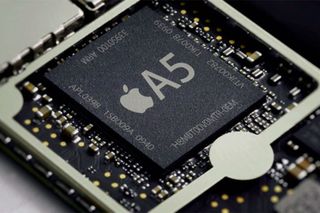
More RAM is more. For everything from the amount of pages Safari can keep in memory, to the amount of apps -- especially big, greedy games -- that can be switched between without causing system lag, to the general, overall snappiness of the device itself. Apple has historically been stingy -- or efficient, depending on your point of view -- with RAM in the past. 1GB isn't excessive, but would let the iPhone 5 really let itself go.
When it comes to storage, Apple has doubled the maximum available capacity every two years. While the original iPhone shipped with an 8GB maximum, a 16GB version was introduced half a year later. The iPhone 3G also had a 16GB maximum. Both the iPhone 3GS and iPhone 4 have 32GB maximums. Last year, Apple doubled that again with the iPhone 4S, hitting 64GB. History, never mind pricing and NAND flash chip density, suggests we'll stay at 64GB for the iPhone 5 and for this year. What happens with a supposed iPhone 5s in another year is another story.
There's been a sketchy parts leak that purports to show an Apple A6 branded processor on the iPhone 5 logic board. At the end of the day, what Apple calls the iPhone 5 chipset is a branding decision, but since Apple controls both the software and hardware, there's no need to simply throw silicone or cores at someone else's code.
So, whether or not it's called the Apple A6, something closer to the Apple A5 rather than Apple A5X in focus and architecture would deliver just exactly the performance vs. power balance Apple wants for their next generation phone.

Rene Ritchie is one of the most respected Apple analysts in the business, reaching a combined audience of over 40 million readers a month. His YouTube channel, Vector, has over 90 thousand subscribers and 14 million views and his podcasts, including Debug, have been downloaded over 20 million times. He also regularly co-hosts MacBreak Weekly for the TWiT network and co-hosted CES Live! and Talk Mobile. Based in Montreal, Rene is a former director of product marketing, web developer, and graphic designer. He's authored several books and appeared on numerous television and radio segments to discuss Apple and the technology industry. When not working, he likes to cook, grapple, and spend time with his friends and family.
